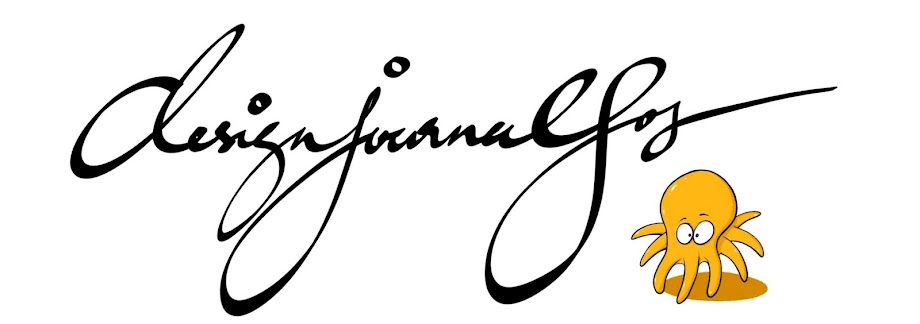Your Question:
'How do I know if my mind-map for the theme is sufficient? I have done part of it now I don't know what else to add'.
My Answer: My two suggestion for you is as follows:
1) Make sure you understand the objective for doing anything (e.g. the objective for doing a mind-map for your design theme) before you start doing. Do you know yours?
2) Once you understand the objective for doing something, you will surely know (a) what to look out for (i.e. what research areas to focus on), (b) what it will lead you to do later, and (c) know when you have reached enough information and its time to stop.
Due to the nature of the theme, my mind-map for exploration of the theme 'Storage' is as follows:
1) Begin with the theme (in this case 'Storage') somewhere in the middle of the page. 'Storage' now is your BROAD CONCEPT. Now list out the DETAILS.
2) Branch out by listing the DETAILS, i.e. locations where 'Storage' can be found. (e.g. Home, School, etc).
3) Now each DETAIL (e.g. Home, School, etc.) in turn becomes a BROAD CONCEPT. Of which other details will branch out.
4) e.g. 'Home' now becomes a BROAD CONCEPT. Branch out DETAILS, i.e. the various parts of 'Home'. (e.g. Kitchen, Bedroom, etc.)
5) Take e.g. 'Kitchen' as a BROAD CONCEPT, it is now about time to list out a) items that requires storage, and b) existing storage solutions.
6) The next stage will be to complete your mind-map with relevant photographs and images of the examples you have listed at the end of your mind-map.
Following this internal link for an example of the steps shown above:
3NA Storage Innovation Research Starter SOShttp://designjournalsos.blogspot.com/2011/01/3na-storage-innovation-research-starter.html
Additional (Important) Information:When you think you are done you ask yourself if you have done a good job exploring what 'Storage' is (and more challenging, what 'Storage' is not). If someone comes and looks at your mind-map without the title 'Storage' in the middle, will he be able to say,'Ah, I know this is an exploration on the various types of storages', or 'Oh, I didn't know that this can be considered as storages', or 'Oh I didn't know much about storages until I see your mind-map on it'. etc.
What is next? Hopefully what you have done will enable you to identify one or more of the following design opportunities:
1) a problem area that requires a better solution than existing ones or for a problem that may not have an existing solution yet, and/or
2) an area of improvement to existing solutions, and/or
3) challenge yourself to an opportunity for creating an alternative solution. Come out with a different way or a different experience to do something.
Hope that helps.
Regards
mrdaniellim
- Posted using BlogPress from my iPad



 next stage, Refinement of the Chosen pattern go to:
next stage, Refinement of the Chosen pattern go to:  next stage, Refinement of the Chosen pattern go to:
next stage, Refinement of the Chosen pattern go to: 










